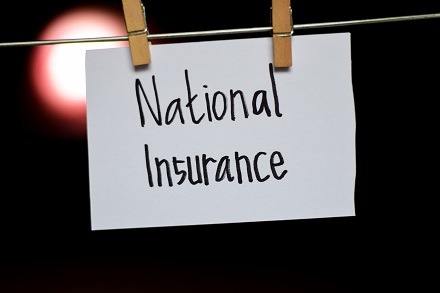The Prime Minister has just delivered a statement to the House of Commons on Health and Social Care. In the statement he confirmed that from April 2022, a 1.25% Health and Social Care Levy on earned income would be introduced. The Health and Social Care Levy would be dedicated to health and social care with dividend rates increasing by the same amount. This is the much trailed 1.25% increase in National Insurance many commentators had been expecting.
Wayne Thomas, partner at Bates Weston, takes a closer look.
Revenues generated from this 1.25% increase in National Insurance will be ring-fenced to fund the “largest catch-up programme in NHS history and to fix the long term problems of social care”.
The expected changes are;
- A 1.25% increase in Class 1 (Employee) and Class 4 (Self-Employed, including Partners) NICs, to main and higher rates
- A 1.25% increase in Class 1 secondary (Employer) NICs
- A 1.25% increase in dividend tax rates
Boris Johnson went on to address the anxiety that many fear over the loss of assets amassed over their lifetime, including savings and their home, to fund care. He set out limits on what people will be asked to pay.
“The State should protect people against the catastrophic fear of losing everything to pay for the costs of their care. The government is setting a limit on what people can be asked to pay. Wherever you are in the UK, whatever your income, age, or condition, from October 2023 no one starting care will pay more than £86k over their lifetime, and no one with assets less than £20k will have to make any contribution from their savings or housing wealth. Meanwhile those with assets between £20 and £100k will be eligible for some means tested support.”
The PM ended with a commitment to investing in the quality of care, in carers and to integrating health and care in England, promising a White Paper on integration later this year.
Addressing the breaking of the manifesto promise not to raise National Insurance, Boris Johnson felt that the British public would understand that a “global pandemic was in no one’s manifesto” and that this step was necessary to allow the NHS to come back strongly after the crisis.
The Government has released an illustrative analysis of the impact of “Building Back Better : Our plan for Health and Social Care ” on households.
Update: The Government has updated its PAYE guidance on rates and thresholds for employers 2021 to 2022, to include the increases in National Insurance Contributions (NICs) from April 2022.
Further guidance is expected shortly.

